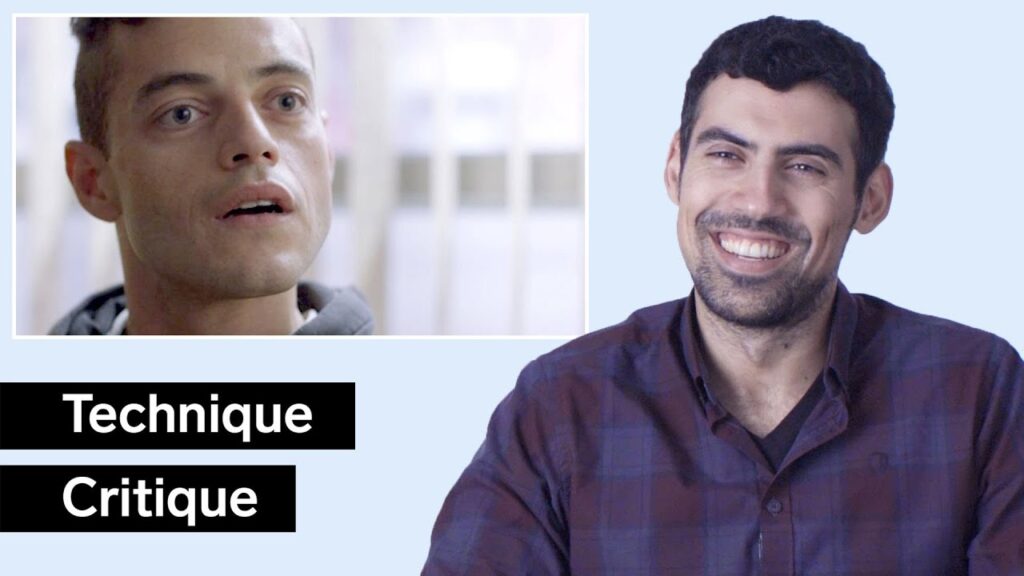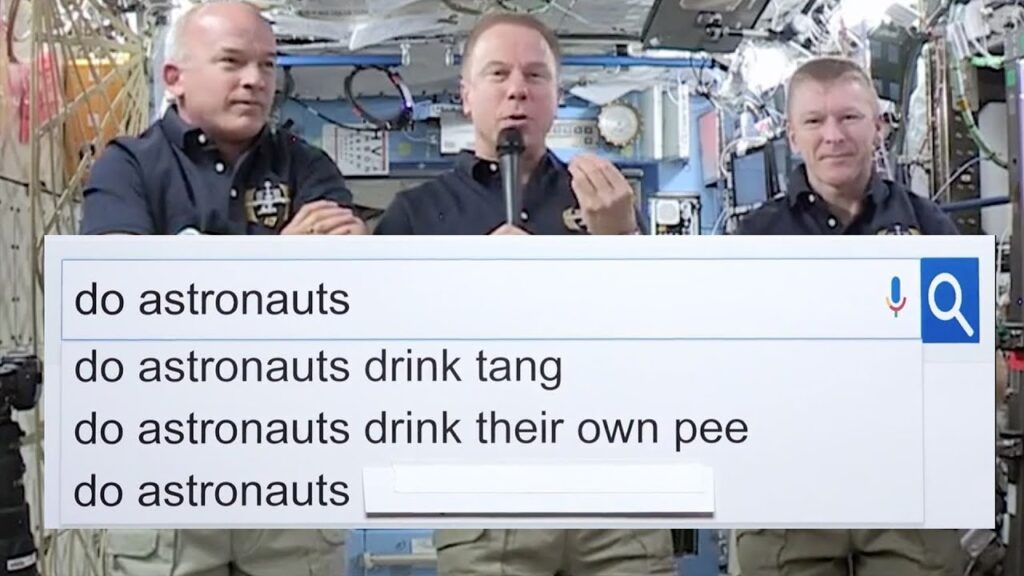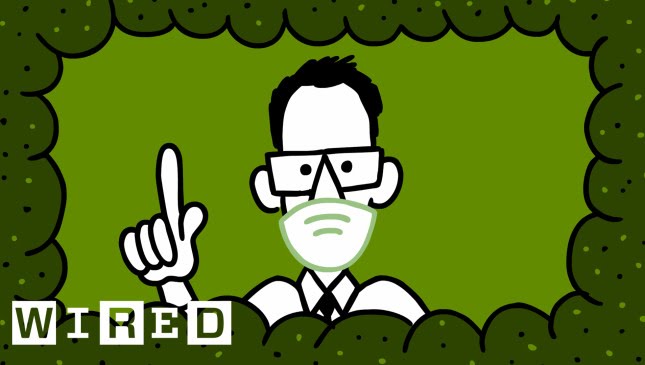Detecting Deception: Insights from a Former FBI Agent
Summary
In this article, we explore the insights of Joe Navarr, a former FBI agent and nonverbal communication expert, on detecting deception. Navarr emphasizes that detecting deception is not about looking for a single behavior but rather indicators of discomfort and distress. He provides tips for making people comfortable during investigations and debunking common misconceptions about detecting deception.
Table of Contents
- The Importance of Indicators of Discomfort and Distress
- Tips for Making People Comfortable During Investigations
- The Concept of Psychological Pressure
- Debunking Common Misconceptions about Detecting Deception
- Understanding the Human Brain in Forensic Interviews
- Using Nonverbal Cues to Detect Deception
- Verifying Stories and Avoiding False Accusations
The Importance of Indicators of Discomfort and Distress
According to Navarr, detecting deception is not about looking for a single behavior. Instead, it is about looking for indicators of discomfort and distress. He shares a story of a woman who exhibited behaviors that could have been interpreted as deceptive, but in reality, she was stressed about getting a parking ticket. Navarr emphasizes the importance of understanding the context of behaviors before making assumptions about deception.
Tips for Making People Comfortable During Investigations
Navarr’s approach to making people comfortable during investigations includes sitting them near the door, maintaining a distance of four to five feet, making less eye contact, and using cathartic exhales. He also starts with simple questions like asking about their name to help them relax and relate to positive experiences. Navarr emphasizes that making people comfortable can lead to more truthful and accurate information.
The Concept of Psychological Pressure
The speaker discusses the concept of psychological pressure and how it can be detrimental to interviews or investigations. They recount a personal experience where they became frustrated during an espionage interview and had to end it prematurely, only to find out later that the suspect was innocent. The speaker emphasizes the importance of avoiding psychological pressure during interviews and investigations to prevent false confessions.
Debunking Common Misconceptions about Detecting Deception
The speaker debunks common misconceptions about detecting deception, stating that there is no science to support body language analysis as an indicator of lying. They reference DNA exoneration cases where individuals admitted to crimes they did not commit under intense psychological pressure during interviews. The speaker emphasizes the importance of understanding the limitations of nonverbal cues and avoiding false accusations.
Understanding the Human Brain in Forensic Interviews
The speaker emphasizes the importance of understanding the human brain in all types of interactions, including forensic interviews. They provide an example of a suspect in Arizona who came under suspicion in a murder case. The speaker emphasizes the importance of understanding the context of behaviors and avoiding assumptions about deception.
Using Nonverbal Cues to Detect Deception
The speaker recounts a conversation with a man named Ricky, who denies involvement in a murder. The speaker uses nonverbal cues to detect deception and eventually gets Ricky to confess. However, the speaker acknowledges that lying is a common social tool and that habitual liars can be very convincing. The speaker warns against relying solely on nonverbal cues to detect deception.
Verifying Stories and Avoiding False Accusations
The speaker cautions against making accusations of lying based solely on nonverbal cues, as it can have serious consequences. They suggest asking questions to verify stories and avoiding assumptions about deception. The speaker emphasizes the importance of understanding the limitations of nonverbal cues and avoiding false accusations.
Conclusion
In conclusion, detecting deception is not a simple task. It requires understanding the context of behaviors, making people comfortable during investigations, avoiding psychological pressure, and verifying stories. Nonverbal cues can be useful, but they should not be relied on solely to detect deception. Understanding the human brain and avoiding assumptions about deception are key to successful forensic interviews.







